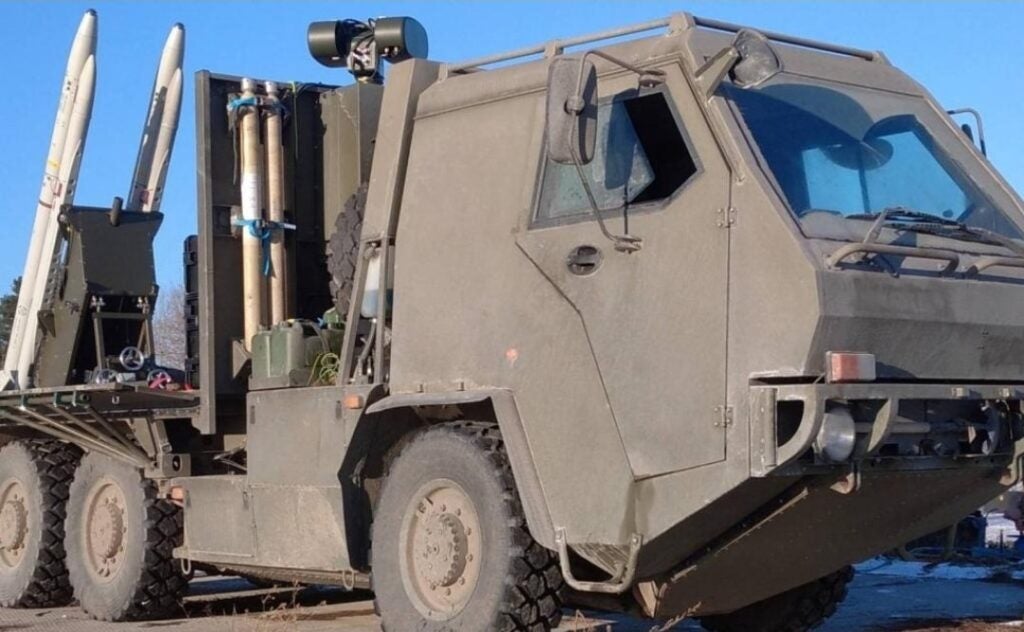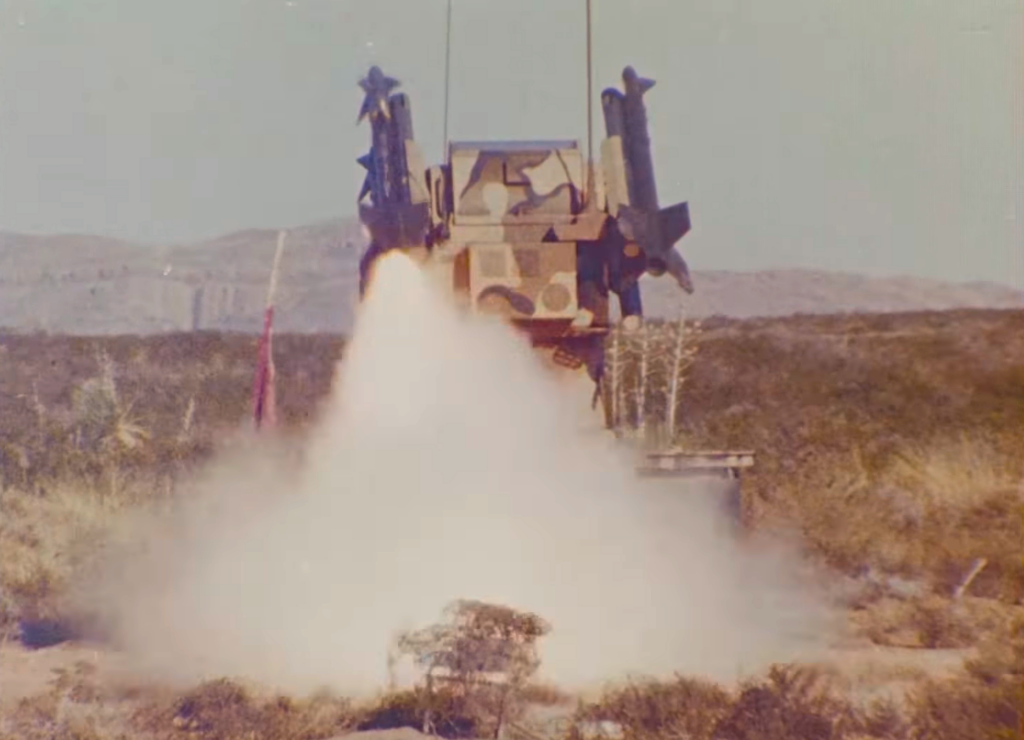Air-To-Air Missiles Repurposed for Ukraine Air Defense
On Wednesday, US Secretary of Defense Lloyd Austin opened the 16th Ukraine Defense Contact Group with a statement which amongst other things announced the transfer of AIM-9 missiles to Ukraine as part of a ‘new air defense system’.
Secretary Austin told the members of the Ukraine Defense Contract Group in Brussels that “I am proud that the United States will announce its latest security assistance package for Ukraine, valued at $200 million”, continuing, “it includes AIM-9 munitions for a new air-defense system that we will soon deliver to Ukraine, as well as artillery and rocket ammunition, precision aerial munitions, anti-tank weapons, and equipment to counter Russian drones.”
This was later confirmed by a Pentagon announcement that outlined the latest round of security aid to Ukraine, item one on the list of aid to be delivered as part of the package was “AIM-9M missiles for air defense”.
This is not the first time that one of Ukraine’s Western allies has adapted air to air missiles for surface to air use in an air defense role. In recent weeks videos of AIM-132 Advanced Short-Range Air-to-Air Missile (ASRAAM) air-to-air missiles being launched from a specially adapted Supacat High Mobility Transporter have been shared. These AIM-132 missiles and the vehicles launching them were provided by the UK. The ASRAAM uses infrared homing and can lock onto its target after launch.

This ad-hoc system first saw action in Ukraine in August and represents an ingenious improvisation which utilises a highly capable missile in an air defense role it was never envisaged in. The UK has reportedly supplied “a handful of Supacat trucks rigged by British engineers.” They are believed to be in use in the Kyiv region, defending key infrastructure, against Shahed-136/Geran-2 long-range loitering munitions.
With the Pentagon’s recent announcement it appears that the US may have developed a similar system. The difference, however, is that the AIM-9 has a history of being used as a surface to air missile.
In the late 1960s the US Army began fielding the M48 Chaparral Intercept-Aerial Guided Missile System, a M113-based vehicle mounted with a turret capable of launching four AIM-9 missiles, designated the MIM-72 for ground use. Initially introduced as the MIM-72A, by the late 1980s the system had been upgraded to MIM-72G using the AN/DAW-2 seeker from Stinger.
The US Army retired the M48 in the late 1990s but a number of other nations have maintained the system in service including Taiwan, Egypt, Israel and Portugal. Israel decomissioned the M48s in the early 2000s and Portugal retired the system recently in 2018. The “new air-defense system” mentioned by Secretary Austin in Brussels could refer to either the refurbishment of some Chaparral vehicles or, like the ASRAAM system from the UK, could be a new ad-hoc system which couples AIM-9 missiles with a ground based radar.
More recently the AIM-9 is one of the range of missiles which have been used with the NASAMS short to medium-range air defense system which is already in service in Ukraine.
The AIM-9 has the benefit of being widely available amongst Ukraine’s Western allies and as Russia will undoubtedly again seek to cripple Ukraine’s energy infrastructure over the coming winter the new AIM-9-based short-range aid defense system may help defend some of Ukraine’s vital infrastructure.

